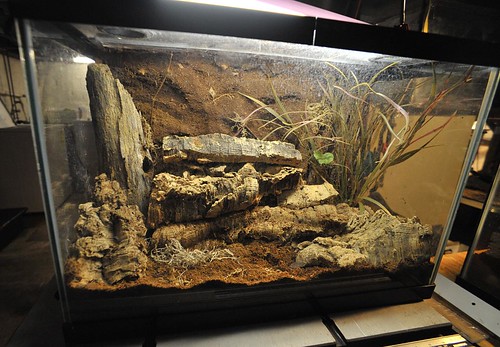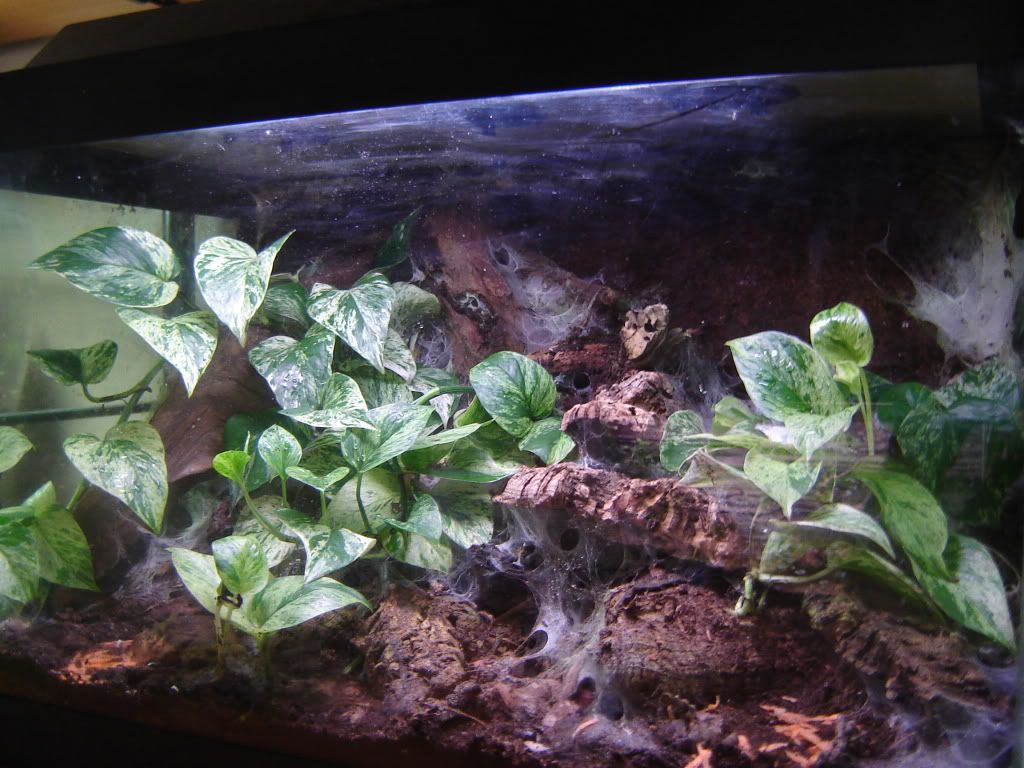Guys, i need your help. I plan on setting up a communal tank for H. Incei. I have 9 slings in separate vials, all feeding with b. Lateralis nymphs. As I start to set up, pls help answer the following questions.
1. Is 9 slings good enough or too many/few?
2. Tank size?
3. When i put them in do they automatically cohabitate? Anything I need to do to them as preparation?
Thanks.
1. Is 9 slings good enough or too many/few?
2. Tank size?
3. When i put them in do they automatically cohabitate? Anything I need to do to them as preparation?
Thanks.



